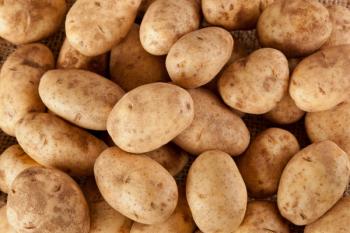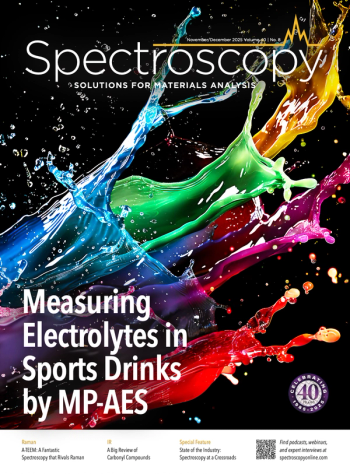
Unlocking the Seasonal and Sexual Secrets of Corema album (L.) D. Don
Researchers explore the antioxidant potential of Corema album (L.) D. Don by conducting a spectrochemical analysis on its leaf extracts. The study uncovers seasonal and sexual variations in antioxidant activity and phenolic compound composition, providing valuable insights for harnessing the bioactive properties of this plant species.
A recent study published in Spectrochimica Acta Part A: Molecular and Biomolecular Spectroscopy explores antioxidant variations in hydroethanolic extracts of C. album leaves (1). By looking at the sexual and seasonal variations, researchers learned more about the composition and bioactive potential of this plant (1).
Referred to as sand heath, Corema album (L.) D. Don is a shrub belonging to the Ericaceae family. It is native to coastal regions of Western Europe, including Portugal and Spain. The plant gets its nickname sand heath from the environment in which it grows. C. album is valued for its reported antioxidant, antimicrobial, and anticancer properties, making it a subject of interest in the field of natural medicine and plant-based therapeutics (1). The researchers analyzed the hydroethanolic extracts from its leaves to evaluate the plant’s nutraceutical potential.
Understanding the variations in antioxidant activity is important to assess the potential health benefits a plant may have. To assess C. album’s utility as a therapeutic, the team performed spectrochemical analysis on the extracts, assessing changes in antioxidant activity and the accumulation of key phytoconstituents, particularly phenolic compounds (1). The study examined samples collected from female and male C. album plants during three harvesting seasons: February, July, and October. The antioxidant activity of each extract was evaluated using various spectrophotometric methods.
To identify and monitor variations in the phenolic compound composition of the extracts, the researchers employed attenuated total reflectance Fourier transform mid-infrared spectroscopy (FT-IR-ATR) and high performance liquid chromatography–electrospray ionization–quadrupole time-of-flight mass spectrometry (HPLC–ESI-QTOF-MS) (1).
The analysis revealed several key compounds, including epicatechin, laricitrin-O-hexoside isomers, and myricetin-O-hexoside isomers, which contribute to the bioactivity of C. album. Significant differences were observed in the composition and relative abundance of these compounds based on the plant's sex and the harvesting season (1).
Overall, the study found that phenolic content and antioxidant activities were higher in male individuals compared to females, and they generally increased from earlier to later harvests (1). Consequently, late summer or early autumn harvests were deemed preferable for obtaining extracts with higher yearly bioactive compound content (1).
These findings provide valuable insights into the seasonal and sexual variations of antioxidants in C. album leaf extracts. As the findings revealed, the sex of the plant and the timing of the harvest influenced when the bioactive compound components were optimal. The quantitative and qualitative analysis conducted in this study contributes to a better understanding of the nutraceutical potential of C. album (1). The results emphasize its significance as a source of bioactive compounds and provide a foundation for future research and applications in the field of natural medicine.
Reference
(1) Silva, D. J. S.; Santos, J. A. V.; Pinto, J. C. N.; Llorent-Martinez, E. J.; Castilho, P. C.; Batista de Carvalho, L. A. E.; Marques, M. P. M.; Barroca, M. J.; Moreira da Silva, A.; da Costa, R. M. F. Spectrochemical analysis of seasonal and sexual variation of antioxidants in Corema album (L.) D. Don leaf extracts. Spectrochimica Acta Part A: Mol. Biomol. Spectrosc. 2023, 299, 122816. DOI:
Newsletter
Get essential updates on the latest spectroscopy technologies, regulatory standards, and best practices—subscribe today to Spectroscopy.



